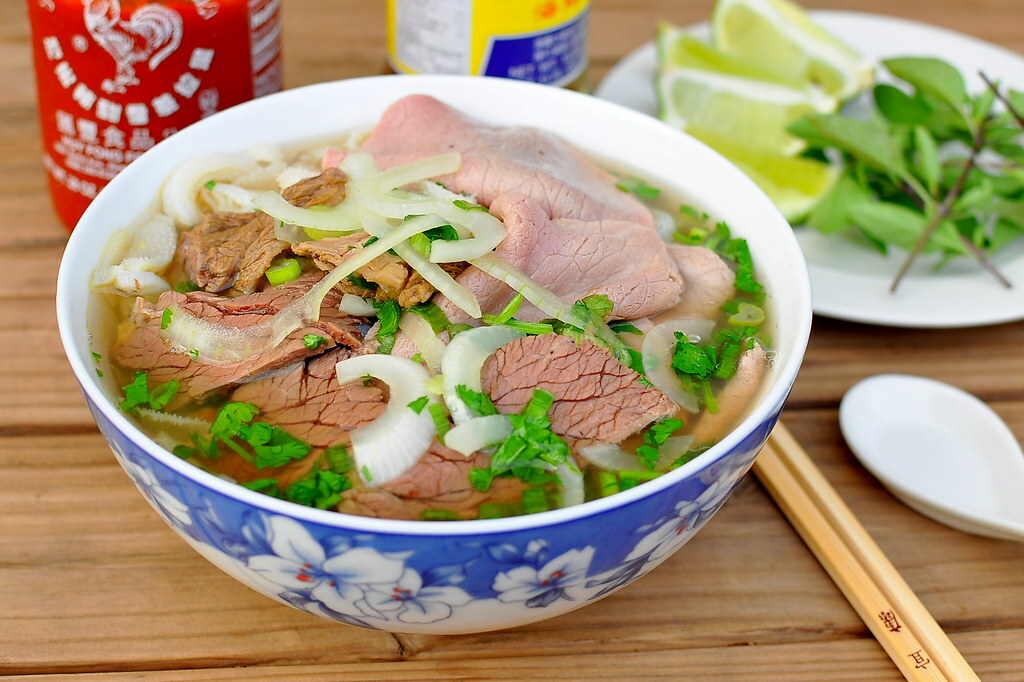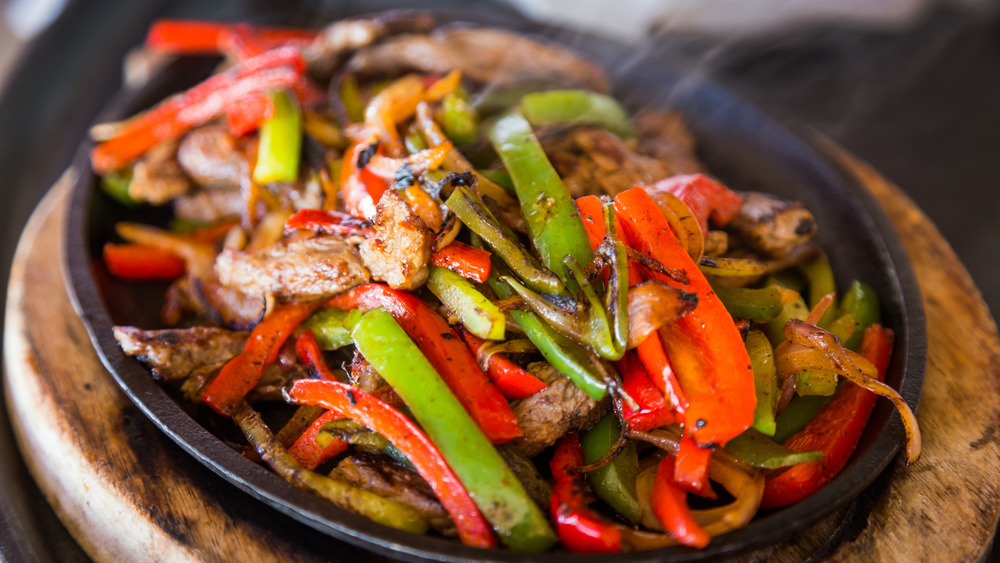Vietnam’s Pho, a traditional noodle soup, has become a beloved culinary icon around the world. What was once a humble street food has now transformed into a global phenomenon, with countless restaurants and vendors serving up their own unique takes on the dish. In this article, we explore the journey of Pho from its origins in Vietnam to its current status as a popular dish around the world.
The Origins and Cultural Significance of Pho
Pho originated in Northern Vietnam in the early 20th century, with its exact origins remaining unclear. However, it is generally believed that Pho was inspired by French pot-au-feu, a meat stew made with various vegetables and beef bones. Pho was initially a breakfast food, served by street vendors in Hanoi. Its popularity quickly grew, and Pho became a staple in Vietnamese cuisine.
In Vietnamese culture, Pho holds a special place as a comfort food. During the Vietnam War, Pho was often served to soldiers as a hearty meal, and its popularity continued to grow among Vietnamese refugees who fled the country after the war. Today, Pho is not only enjoyed in Vietnam, but around the world.
The Rise of Pho as a Street Food
Pho’s popularity as a street food in Vietnam can be attributed to its simplicity and affordability. Pho is traditionally made with rice noodles, beef or chicken, onions, and various spices, such as star anise, cinnamon, and cloves. Vendors would set up stalls on the side of the road, with a large pot of broth simmering over an open flame. Customers could choose their desired ingredients and the vendor would assemble the dish right in front of them.
Pho’s accessibility as a street food helped to spread its popularity throughout Vietnam. As more vendors began to sell Pho, variations of the dish emerged, with each vendor putting their own unique twist on the classic recipe.
The Globalization of Pho
The globalization of Pho can be attributed to the Vietnamese diaspora, who brought the dish with them as they emigrated to countries around the world. In the United States, Pho gained popularity in the 1970s, when Vietnamese refugees settled in areas such as California and Texas. Today, there are countless Vietnamese restaurants across the United States serving up their own unique takes on the dish.
Pho’s popularity has also spread throughout Europe, with restaurants in France, Germany, and the United Kingdom all offering their own versions of the dish. In recent years, Pho has even gained popularity in countries such as Japan, Korea, and Australia.
One of the reasons for Pho’s popularity around the world is its adaptability to different culinary traditions. In Western countries, Pho is often served with a variety of vegetables, such as bean sprouts and fresh herbs, and garnished with lime and chili sauce. Some restaurants even offer vegetarian and vegan versions of the dish, catering to the growing demand for plant-based options.
Pho’s Culinary Legacy
Today, Pho is not only a beloved dish in Vietnamese cuisine, but a culinary icon recognized around the world. Pho has also had an impact on Vietnamese cuisine as a whole, with chefs experimenting with new variations and incorporating new ingredients.
Pho’s popularity has also led to an increase in food tourism, with visitors from around the world seeking out the best Pho restaurants in Vietnam and beyond. Pho has also been featured in numerous food festivals and culinary events, cementing its status as a global culinary icon.
In conclusion, the journey of Pho from a street food to a global phenomenon is a testament to its unique flavors, cultural significance, and adaptability to diverse culinary traditions. While its exact origins may remain





